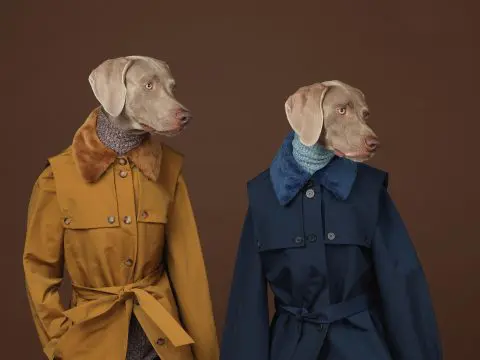Celebrating its 10th anniversary, Photo Basel—the boutique photography fair that runs in parallel to Art Basel—returned this year with a heightened sense of intimacy, innovation, and reflection. Nestled in the heart of the Swiss art capital, the fair has always positioned itself as the more contemplative, slow-burning sibling to its larger contemporary art counterpart.
Yet this year, the fair showed that it is not merely following photographic trends—it is helping set them. With long-standing exhibitors such as Bildhalle (https://www.bildhalle.ch/), Galerie Esther Woerdehoff (https://www.ewgalerie.com/), and Baudoin Lebon (http://www.baudoin-lebon.com/en/galerie/accueil/0/accueil) returning once again, Photo Basel 2025 felt both familiar and surprisingly bold. A noticeable thematic current wove through the booths: a merging of photography with painting, sculpture, and the avant-garde alchemy of the darkroom. What was once a medium of indexicality and truth has now become a field of fiction, gesture, and abstraction.
The Rise of the Photographic Painting
Among the most prominent trends was the “photographic painting aesthetic”. Artists like Dutch photographer Justine Tjallinks, known for her hyper-stylized, painterly portraits often referencing Dutch Golden Age art, stood out with arresting works that dissolve the boundary between photograph and oil painting. Similarly, Marie Cécile Thijs, another Dutch talent, presented her surreal still lifes and suspended moments with chiaroscuro lighting that might make Vermeer envious. Their work is less about capturing reality and more about conjuring a dream state—meticulously composed and impossibly timeless.
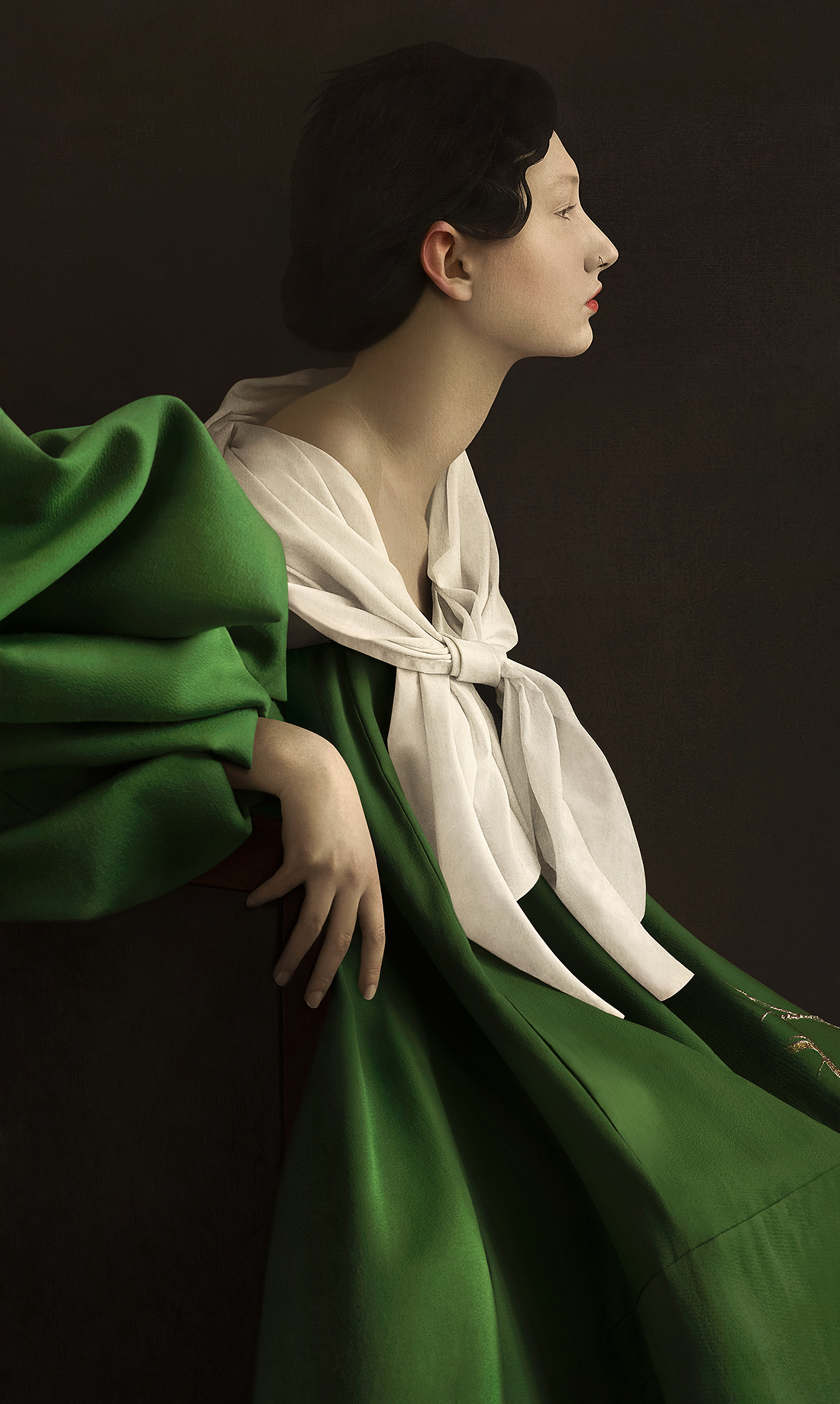
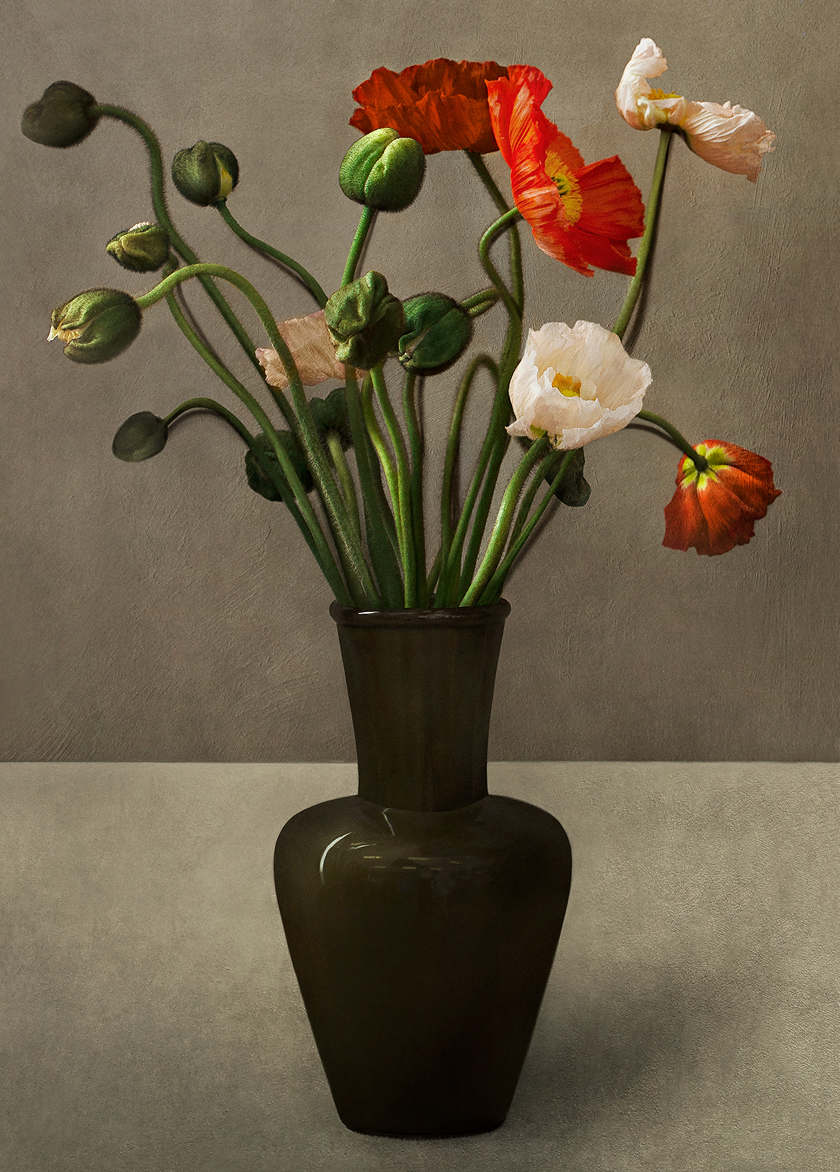


This painterly trend reveals a deep yearning for slowness, permanence, and touch in an age of algorithmically generated imagery and infinite scrolling.
Light as a Tool of Experimentation
A second current that shimmered across the fair was the experimental use of optics and light—echoes of Man Ray’s ghostly photograms and cameraless experiments. French artist Anne Kuhn exhibited large-scale works blending performance, set design, and elaborate lighting to craft evocative scenes that flirt with the cinematic. Spanish duo Anna Cabrera & Angel Albarrán, celebrated for their delicate printing on Japanese papers and gold leaf, created works that glowed with metaphysical intensity—images that don’t just represent light, but seem to emit it.

Jacob Gils, a Danish photographer best known for his series “Movement” and “Limit To Your Love” and his distinctive style that blurs the lines between photography and painting, in his present oeuvre overlays multiple exposures to achieve a painterly, impressionistic effect. Each frame pulses with kinetic energy, as though the subject were oscillating between memory and presence.

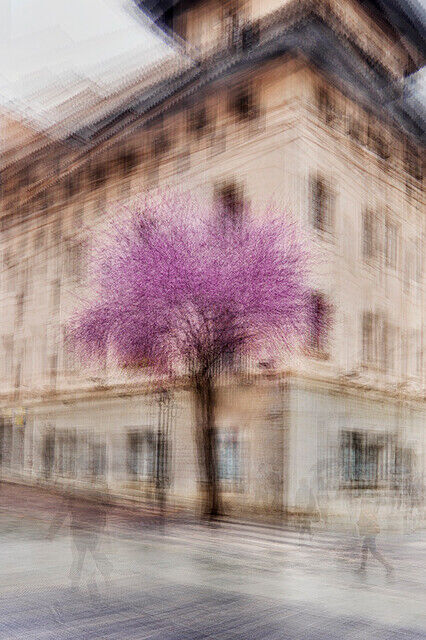
Beyond the Frame: 3D Photography and Spatial Interventions
This year, several artists took into the viewer’s space. Carlos Leal, Swiss-Spanish actor-turned-visual-artist, presented lightbox installations that recontextualized photography into sculpture. His pieces used light not just as a means of exposure but as an integral part of the artwork’s viewing experience—casting literal and metaphorical depth into each tableau. It was one of several examples of how the medium is now reaching toward the third dimension.

The Japanese Touch
Japanese photography had a strong presence, not only through artists but also through materials and technique. Ibasho Gallery (https://ibashogallery.com/), long known for its curatorial focus on Japanese photography, once again delivered a sublime presentation. Among the gallery’s highlights were platinum-palladium prints of Yumiko Izu, blending classical still-life composition with a sensual minimalism and featuring organic forms like flowers, or ancient artifacts.
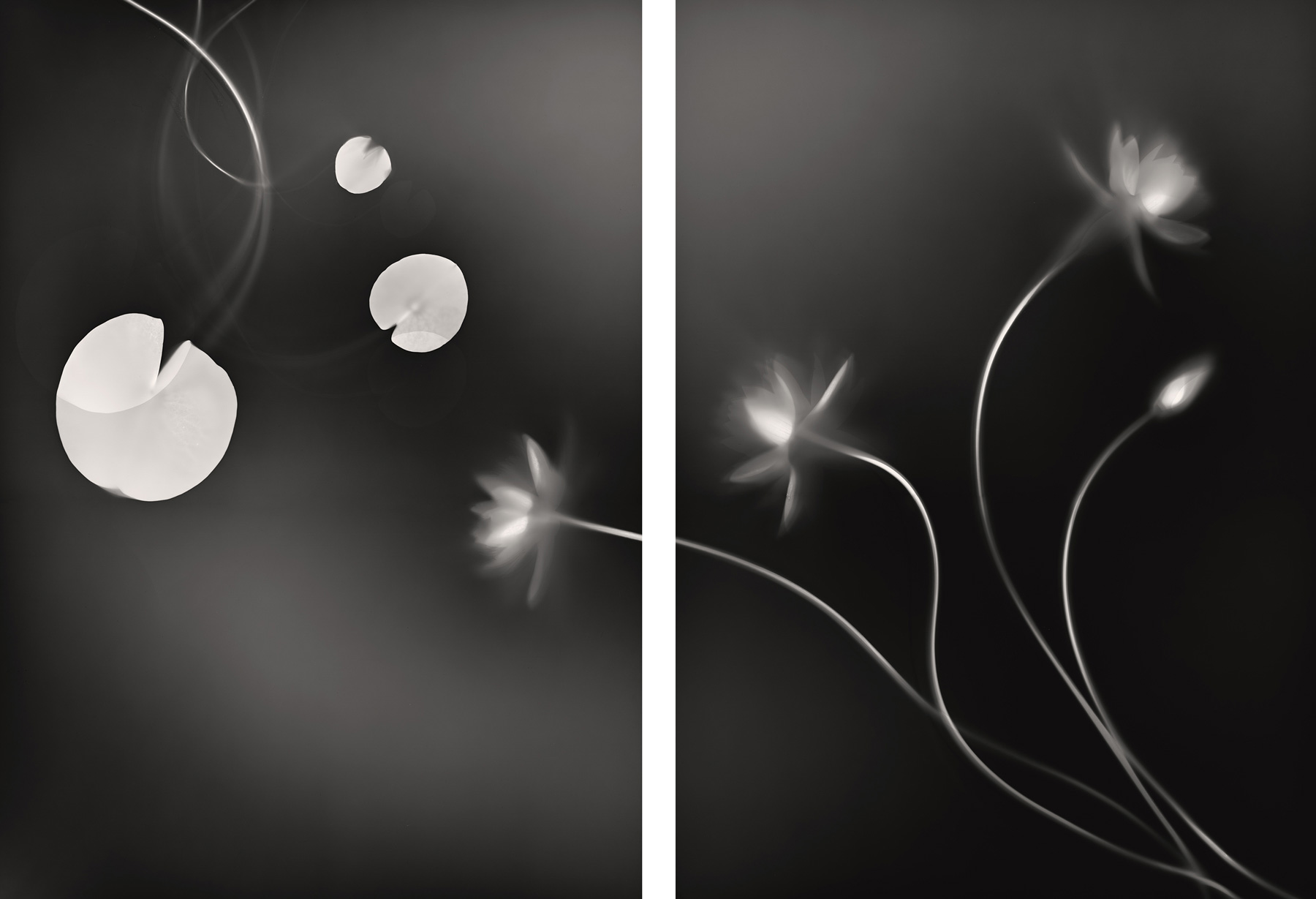
Another notable discoveries (Galerie Sophie Scheidecker) this year was Yasuhiro Ogawa, whose poetic, blurred images evoke the intangible textures of memory. Working within the tradition of classic Japanese landscape photography, Ogawa shifts the gaze to quieter, more introspective moments – rendering the familiar environment into dreamy, timeless spaces. His unusual perspectives and soft focus create an emotional atmosphere that resonates beyond the visible.
Eastern European and Asian Voices Rising
There was also a palpable shift in geographical representation. Eastern European galleries brought a refreshing roster of women photographers. Czech artist Bára Prášilová captured attention with her vibrant, pop-surreal compositions, blending fashion, absurdity, and folklore in meticulously staged tableaux. Her images manage to be both playful and subversive—offering high visual impact while commenting on societal norms.
![PHOTO BASEL MESSE: Bára Prášilová, Michael Wolf, Olaf Unverzart, Thomas Gust & Yasuhiro Ogawa [16.06.–22.06.2025] – BUCHKUNST BERLIN](https://www.buchkunst-berlin.de/wp-content/uploads/Bara-Prasilova-The-Three-of-Us-2020-From-the-series-Circles-1024x803.jpg)
Korean photography made a strong impression this year with two galleries from Seoul participated. An Inc. (https://www.aninc.kr/) presented the moving landscape work of Lee Kyung-taek, who photographs human traces in remote terrains—from the Himalayas to Siberia—often using bleached tones and minimal framing. His work reads like environmental haiku.

From AB Gallery came Yang Jae-moon, whose long-exposure images of traditional Korean dancers create a visual choreography on paper. The blur is not a flaw but the point—capturing the spirit of performance more than the form. It’s photography as motion painting.
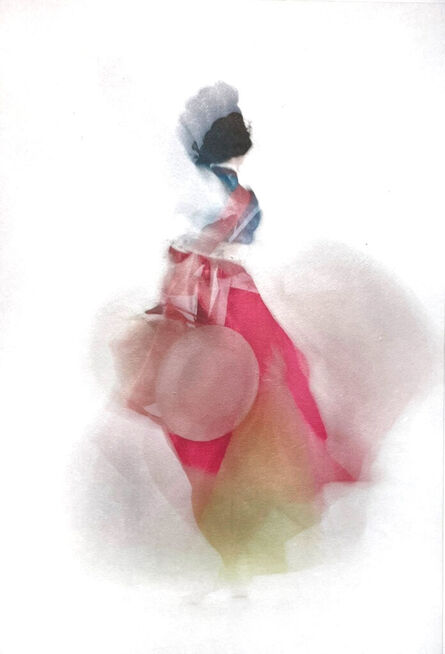

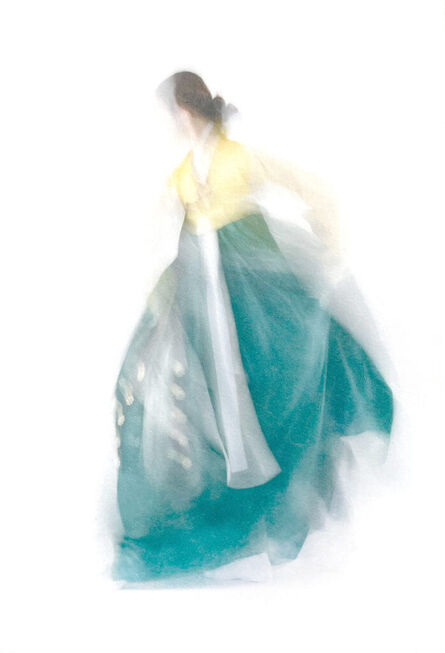
Global Influences and a Return to Poetics
Western photographers also showed a clear reverence for East Asian aesthetics. Some of them demonstrated a particular reverence, working with traditional Japanese papers like washi and gampi.
Joost Vandebrug, a Dutch artist, exhibited landscape works influenced by Japanese ink painting—evocative, soft-edged, and philosophical in tone. His series “Pillow Book” echoed the Japanese literary tradition of collecting ephemeral reflections in a single place. Each work consists of paper cards which pushes the boundaries of traditional photography and concurrently mirrors the transient nature of memory.

Bill Claps (below, on the left), whose practice bridges photography, text, and performance, showed monochromatic landscapes inspired by Zen minimalism. Meanwhile, Didier Goupy’s (below, on the right) lyrical tree studies—quiet, slow-burning works—stood as meditations on solitude and permanence in a hyper-speed world.


Photo Basel 2025 revealed an increasingly hybridized photographic language—one not confined to straight documentation but one that embraces metaphor, abstraction, and tactile experimentation. Whether through painterly aesthetics, lightbox installations, or references to traditional Asian craft, the fair confirmed what has long been true but now feels urgent: photography is not about what is, but what could be imagined.

